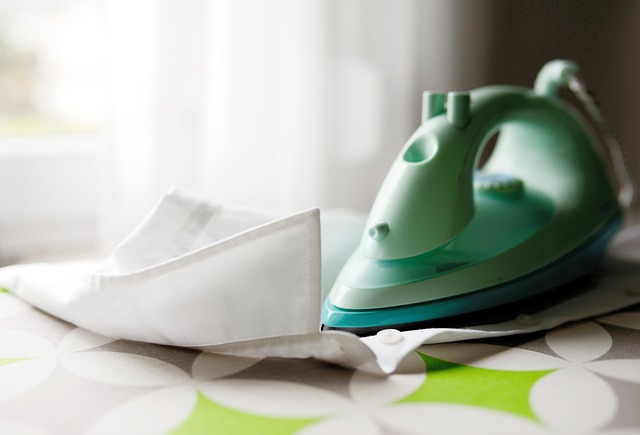Practical Lint Removal Tips for Fabric and Clothes
Lint on clothing and household textiles is a common nuisance that affects appearance and comfort. This article explains why lint forms, how to remove it effectively, and ways to reduce it in future laundry cycles. The guidance covers tools, fabric-specific care, and everyday cleaning steps to keep clothes looking tidy and lasting longer.

Why lint forms on fabric
Lint forms when short fibers break away from fabric surfaces during wear, washing, or drying. Natural fibers like cotton and wool and some synthetics shed more than tightly woven or treated fabrics. Friction is the main cause: rubbing between clothes, rubbing on abrasive surfaces, and tumbling in a dryer release microscopic fibers. Static electricity can then make those fibers cling to other garments. Understanding the fiber type and common friction points helps target prevention and cleaning strategies to reduce visible lint.
How to remove lint from clothes
Start by using simple, low-cost options: a lint roller or adhesive tape applied in gentle strokes will lift loose fibers from most garments. For delicate fabrics, use a soft-bristled garment brush in one direction to avoid pilling. A pumice-style lint remover or fabric shaver can safely remove pills from sweaters, but use light pressure and test on a hidden seam first. For larger debris, an inexpensive handheld vacuum with a brush attachment also works well. After treatment, re-check seams and collars where lint collects most.
Tools and methods for lint cleaning
Choose tools based on fabric and the amount of lint. Lint rollers and sticky sheets are convenient for quick touch-ups; reusable silicone brushes are eco-friendlier and rinse clean. Fabric shavers and pill removers are effective on sweaters and knitwear but require careful handling to prevent thinning. Microfiber cloths can trap loose fibers when wiped over garments. In a laundry context, clean dryer lint traps after every load and use dryer balls or mesh laundry bags to reduce transfer. Regularly cleaning brushes and replacing adhesive sheets maintains performance.
Preventing lint during laundry and drying
Laundry habits have a big impact on lint transfer. Sort loads by fabric type and wash lint-shedding items (like towels and fleece) separately from smooth or dark garments. Turn clothes inside out to reduce surface abrasion and use a gentle cycle with moderate spin speeds. Avoid overloading the washer or dryer so garments can move freely. Use liquid detergents rather than powders to minimize residue, and consider adding white vinegar in the rinse cycle to reduce static. In the dryer, clean the lint trap frequently and consider lower heat or air-dry settings to reduce fiber breakage.
Care tips for different fabric types
Different fabrics need slightly different approaches. For cotton and flannel, regular washing and avoiding heavy friction will help; use a lint roller after drying to remove remaining fibers. Wool and knits benefit from delicate cycles, low-heat drying, or flat drying to prevent pilling; use a fabric shaver carefully when pills occur. Synthetic blends can generate static — use dryer sheets sparingly or a damp cloth in the dryer to reduce cling. For upholstery and mixed-fabric items, vacuum with upholstery attachments and use a sticky roller for small areas. Always read garment care labels and test any lint removal tool on an inconspicuous spot.
Conclusion
Managing lint is primarily about reducing fiber breakage and capturing loose fibers before they settle on other textiles. Regular maintenance of washers, dryers, and cleaning tools, combined with fabric-appropriate washing and drying habits, will minimize lint buildup and extend the appearance life of clothes and household fabrics. With a few simple tools and consistent care, keeping garments lint-free becomes a routine part of effective cleaning and laundry maintenance.






